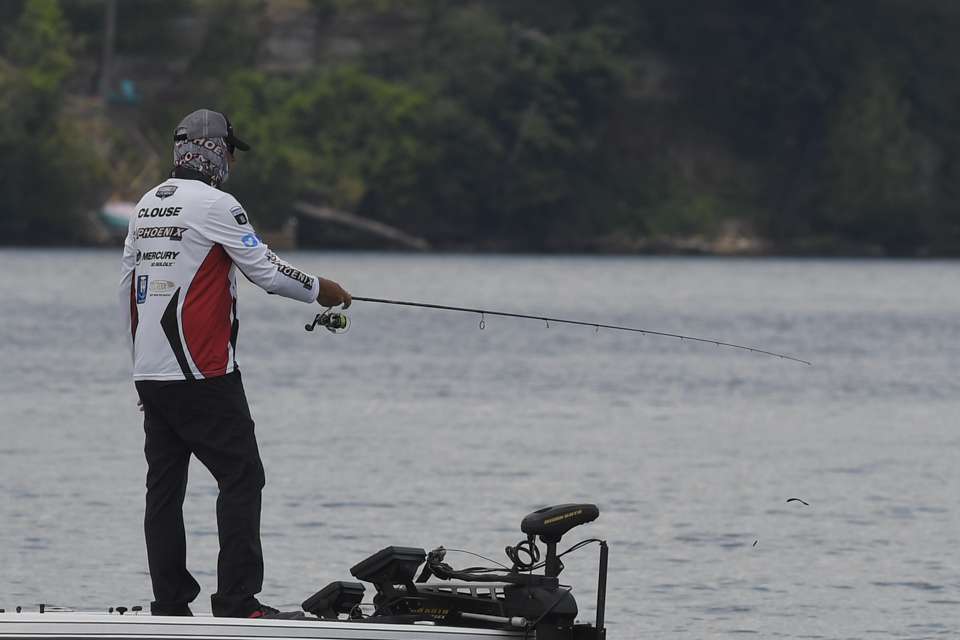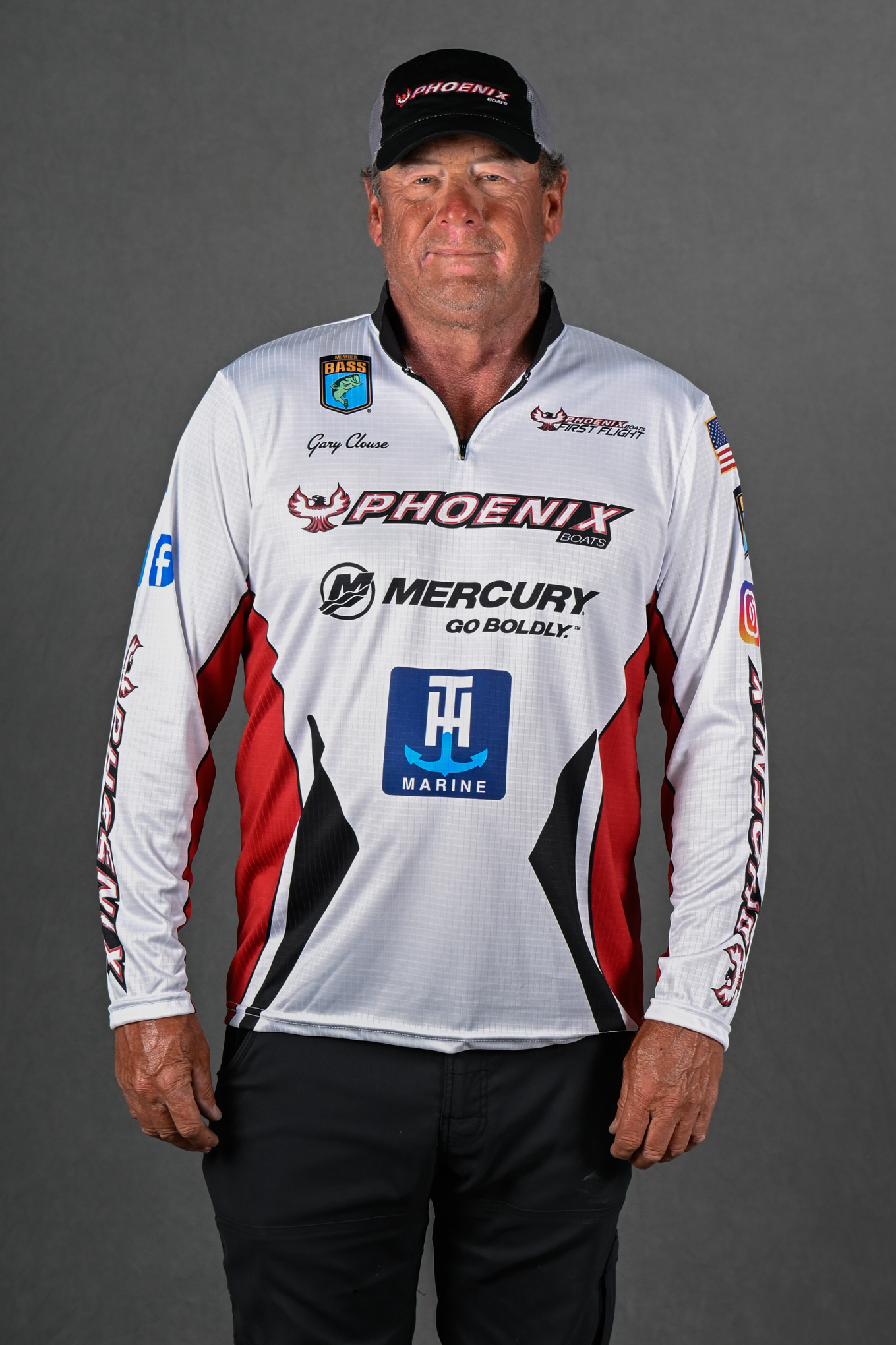
A huge factor in being a successful bass angler is the importance of boat position.
And I don’t mean in general terms, such as staying away from the target or simply moving along and casting at objects. I’m talking about highly specific boat positioning and recognizing that a slight adjustment can be all it takes to turn a so-so spot into a productive one.
Here’s a good example. We have heard that you should fish into the wind and bring your bait with it because the bass are facing the wind looking for bait to come to them. Most of the time that is true.
A few years ago I was fishing a flat on Lake Okeechobee. It was late in the season, the lily pads were gone and only their stems remained.
I fished into the wind and caught a couple on swim jigs. But when I turned around and drifted with the wind, I caught a lot more. I tried fishing both directions, and for some reason I got a lot more bites going with the wind.
The flip side of that occurred at the recent Lake Champlain Elite event. I was throwing a bladed jig and could only catch the fish bringing it with the wind.
The lesson? Experiment with your casting angles until you know precisely how the fish want the bait presented. Let the bites tell you what to do.
That’s especially true when fishing offshore. I’ve discovered that there is always one cast from a specific angle that will catch fish better than the others.
It might be one side of a rock pile or stump row or a point along a ledge. It’s critical to make multiple casts at various angles to determine which one triggers the best bite.
I’ve got offshore spots on lakes I fish often where – for whatever reason – that perfect cast will catch them when other angles don’t.
When I find those spots, I save a waypoint where the boat sits and another icon where the structure lies so that I can get the perfect line and have a better chance of making that precise cast. It might take a couple, but it’s better than just blind casting to the structure.
When you do use waypoints to fish a specific spot, note the location of the antenna that controls the GPS. I have my antenna up front where I stand, but some boats may have them located near the console or on the back deck.
If yours is located near the rear, factor in the distance from where you are standing and the positioning of the antenna when determining where the target lies.
Repetitive casts matter, too. When we fished the Elite event at Lake Eufaula, I was targeting manmade brush piles I found in the lake. During practice and the first couple days of competition, I was getting bit on the first or second cast at each pile.
However, by the third day I not only had to make multiple casts from different angles, but I found that showing them different baits got me more bites as well.
Keep that in mind if you’re fishing well-known spots on a lake that gets a lot of fishing pressure.
Of course, there are a lot of cool tools available to anglers that enhance boat positioning. The addition of the Minn Kota Ultrex with the spot-lock feature, Power-Poles and sophisticated electronics like Humminbird Mega 360 and side imaging and Garmin’s LiveScope are tremendous assists in helping anglers obtain optimum boat positioning and make precision casts.
If you don’t have those accessories, you can still be successful by using your brain and the tools available to you while you experiment with boat position to find that “perfect” cast.





